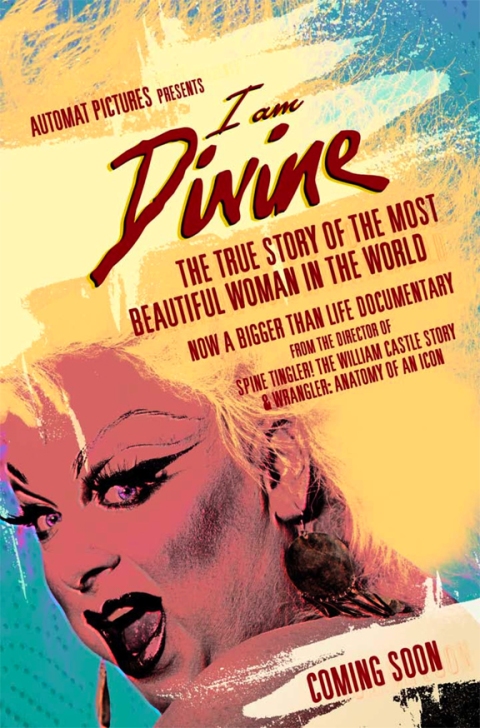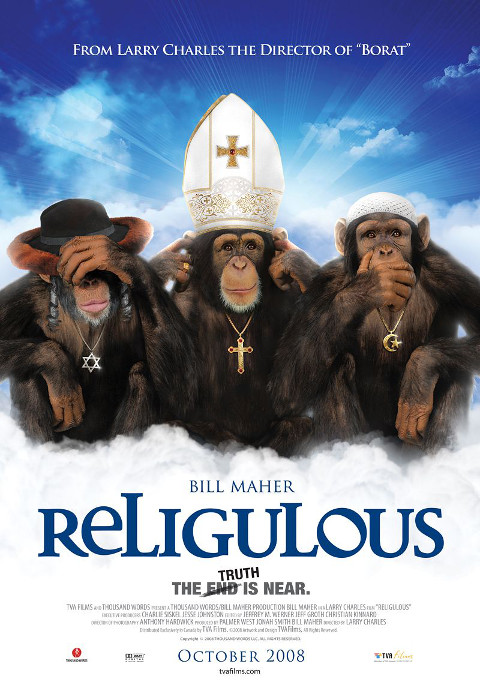directed by Luc Besson
Every once in awhile, I will actually traverse the concrete jungle to the nearest theater to partake in a new movie, and since this one was getting all the controversy amongst various podcasts I listen to, Lucy was to be the next adventure to endure. It turned out to be quite the visual experience to take in, but are visuals and simple concepts enough to make a fantastic movie?
Scarlett Johansson wonderfully plays Lucy, an American expat living in Taipei, Taiwan, who finds herself in a predicament where she has become a drug-mule for a local gang, headed by Oldboy’s own, Choi Min-Sik. After a traumatizing introduction between them and her, she wakes to discover someone has stashed a large amount of a very powerful drug called CPH-4 inside her stomach which she is to transport to a spot in Europe. After getting in an altercation and rupturing the bag of drugs in her body, the drug starts to take over, the effects of which are known to make the brain operate at exponential levels of activity. At higher levels of activity, the brain conceptually ceases to be controlled and expands in power, creating a sense of hyper-awareness, psychic abilities, x-ray vision, and total dexterity and motor controls in a human body…but the brain cannot be contained within a body alone. With all synapses on fire, it begins to research everything on the internet with absurd quickness. Its neurons yearn to exist beyond the body itself. Its energy reaches into all things much like the stars outstretch to all solar systems.
There are ties to a number of films and concepts throughout the movie, like its comparison to Limitless, The Matrix, Akira, and Enter the Void. Limitless, in particular, sounds the most like this film because the protagonist takes a drug called MDT-48 and turns superhuman much like Lucy experiences throughout the movie. Other YouTubers (like BlackCriticGuy) have correctly compared the movie to 2001: A Space Odyssey in the way that its protagonist experiences the furthest reaches of space, only for space to collapse on itself in a minimalistic, simplified world. The concept of the actual chemical DMT (dimethyltryptamine) existing in most lifeforms naturally and being synthesized to sell in concentrated amounts is the overall idea behind the drug in this movie. In the book “DMT: The Spirit Molecule” (Strassman, 2010), DMT reportedly is released naturally during key moments in all lifeforms coincidentally (or with purpose) around the timeframe when organisms evolve and enter their next stage of development. Because of this, DMT is believed to be a “spirit molecule,” providing the shock to the system (and brain, in humans/animals) allowing it to expand and create new synapses as it grows.
I could go on forever about the connections that Besson really wanted to explore (and was probably forced to cut back from and not reference, since sale of DMT is illegal), but the main takeaway from the film is the amount of brilliant visuals and musical score combined with action scenes that leave you interested in where this movie is headed. There isn’t much of a typical plot or story; you’re primarily just curious about what is happening to Lucy as she experiences all of her changes. There were some ham-fisted moments when Besson includes stock footage of animals chasing prey edited into some of Lucy’s “fight-or-flight scenes” between her and the gang encounters. However, the artisanal visual effects involved in her time travelling, the look of her physical deformities, breaking down of what we consider rational thinking, and having the balls to explore these concepts to a fairly luddite Joe-America, movie-going public is quite the feat…but again, does it make a good movie?
My opinion is that it is a great movie, but it suffers from the blast that most “truth-bombs” (you be the judge) try to teach an audience, which usually ends in an audience looking at each other like “what kind of cultist brainwashing did I just endure?” It almost mocks the human-audience by displaying huge numbers as her brain changes from the 10% of brain power (that we’ve been lied to believing we use) to 100% that this drug achieves in her. (Besson himself has admitted that the 10% brain power statements are known to have been debunked prior to the film’s production, but the concept exists anyway in the movie.) We’re mocked because Lucy explains that numbers were only created to allow our feeble minds to believe in a measurement system other than the one true measurement system, time. Being shown “30%” then “40%,” etc. in giant block letters is like giving us, the viewers, a paint-by-numbers canvas from which to paint our perceived, expected transformation of her expanding brain at “50%” and so on.
Total mindfuck movie. Bluntly put, but it is. And nothing wrong with that, but I fail to see the overall importance from experiencing a dumb blonde’s transformation into a robotic, Jean Grae, psychic mind overtaken by energy and left behind on this Earth as nothing more than a Rice Krispies treat. Especially since after she gains so many powers, her adversaries are laughably inept, and this leaves the audience to shrug about every force that tries to stop her after the 70% mark and so on. It stops being fun after a point, and we’re just supposed to marvel at her crazy, energy-spewing, brain development. Still, worth the artistic approach (it’s fun to look at pretty lights), and it felt fun getting poked in the frontal lobe for an hour and a half.
6/10 wobbly, grotesque extra fingers






